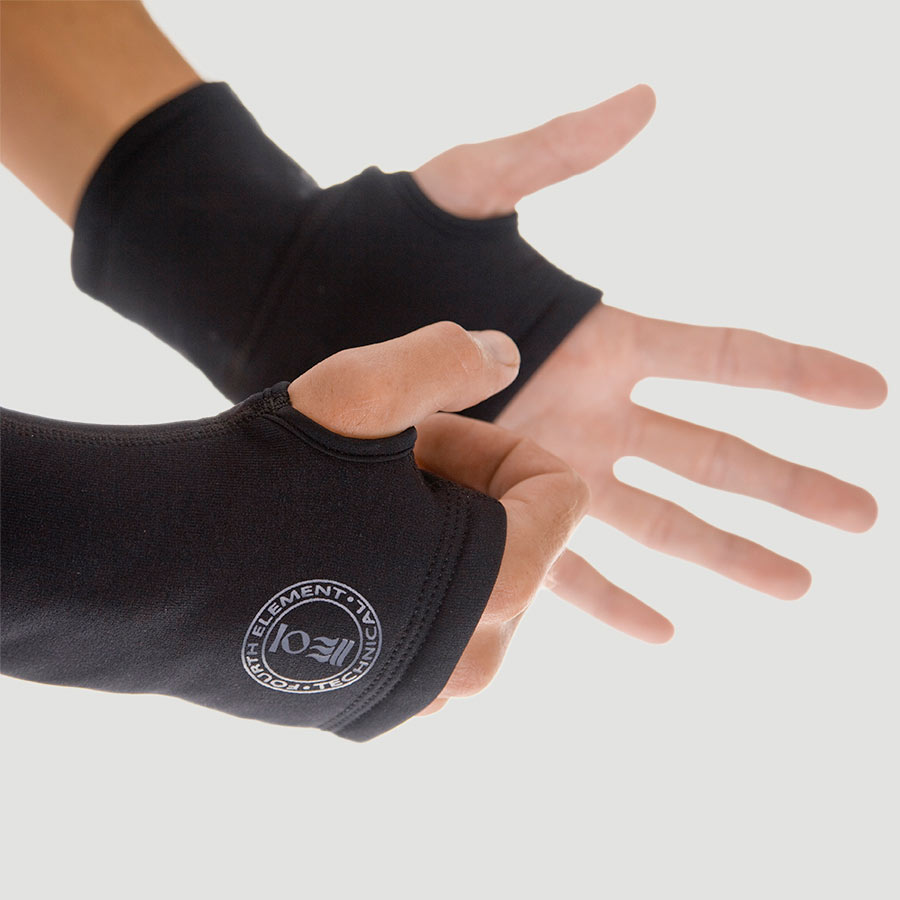And if you touch anything they tear easily.
We might have different assessments of what "touching" and "tear easily" really mean.
I have been seriously impressed at how tough they are for how thin they are. I try to not touch anything. But, when I'm on a wreck, in current, well, sometimes you just have to hold on tight. And, of course, holding onto anchor chain and rope, in a current are also requirements.
Mine have held up astonishingly well. I have changed them out once every year or two, for getting a pinhole leak. Of course, I don't dive dry NEARLY as much as I'm sure you do.
And, yes, if I did not have wrist seals in place and was worried about a serious flood, in that case I might rethink. Though I would still probably just use a thin cut-resistant work glove over them, rather than switch to thicker gloves.





